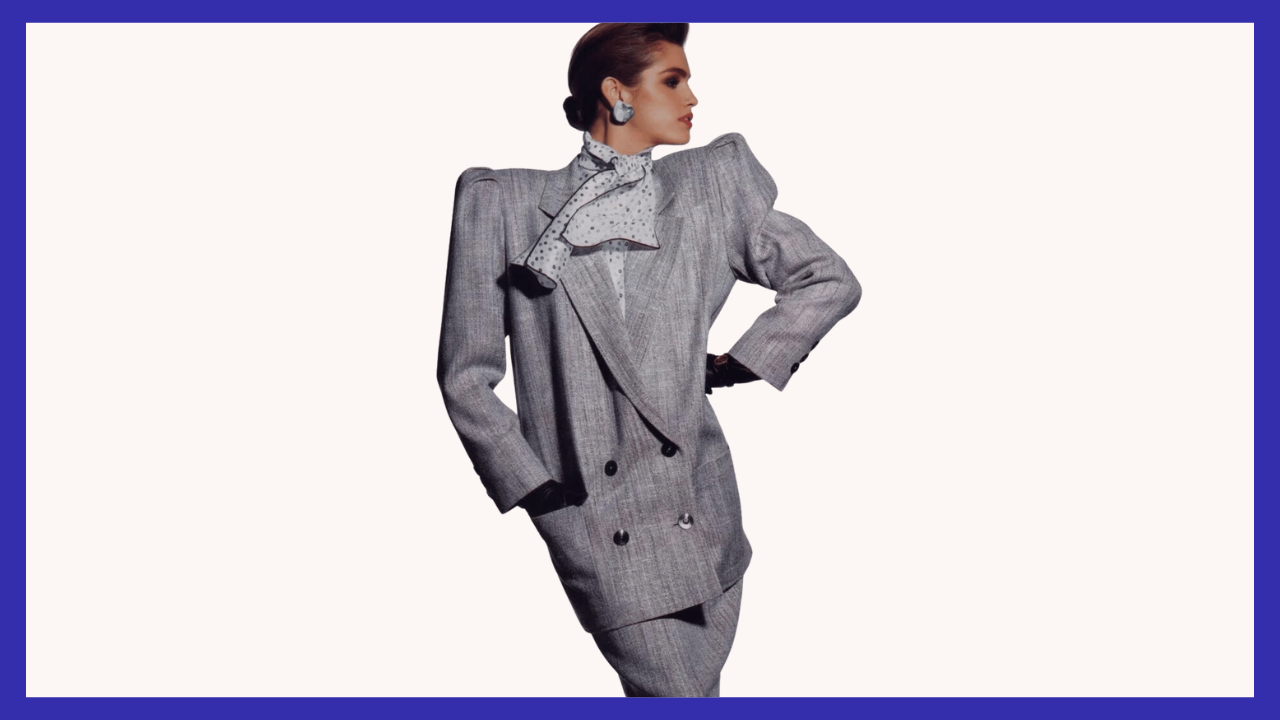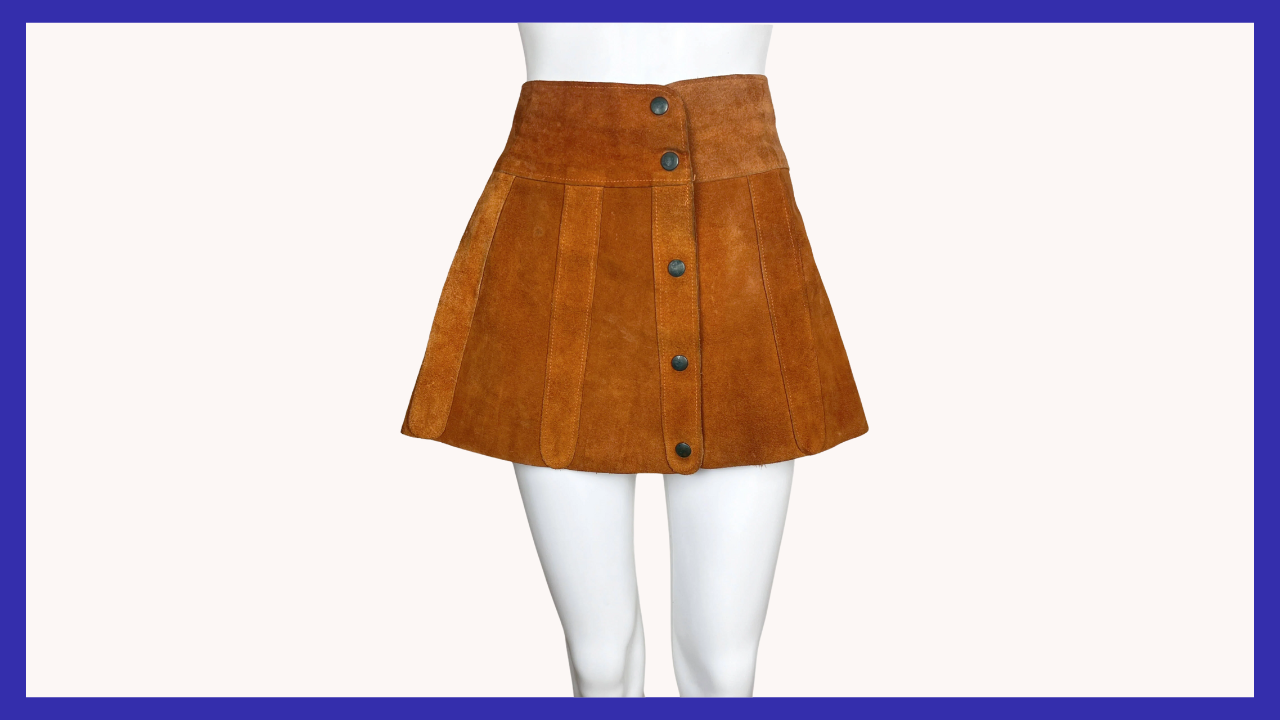AllVintageStyles
The Ultimate Vintage Fashion Encyclopedia
Maxi Skirt

Floor-length flowing skirt epitomizing 1970s counterculture fashion through romantic silhouettes and rejection of conservative hemline restrictions during bohemian movement.
Quick Facts
- Era: 1970s (peak popularity late 1960s-1980s)
- Origin: United States/Europe (bohemian counterculture and hippie fashion movement)
- Garment Type: Flowing floor-length skirt with bohemian construction
- Key Identifiers: Floor or ankle length, flowing silhouette, natural fabrics, romantic styling
- Typical Resale Price: $40-$280 (authentic vintage pieces)
- Best For: Bohemian fashion collectors, flowing silhouette enthusiasts, 1970s counterculture advocates
History & Evolution
Maxi skirts emerged in the late 1960s as radical fashion statements when counterculture movements rejected both conservative mid-length skirts and shocking mini skirts in favor of flowing, romantic silhouettes that celebrated natural beauty and artistic expression. The style represented bohemian values and hippie philosophy through floor-length construction that emphasized graceful movement and connection to earth-based spirituality. Early versions featured natural fabrics and handcraft details that appealed to young people seeking authentic alternatives to mass-produced fashion.
The 1970s established maxi skirts as essential bohemian and casual wear when counterculture fashion gained mainstream acceptance and romantic prairie dress influences shaped popular style. The style became associated with artistic communities, environmental consciousness, and alternative lifestyle choices, appealing to women seeking clothing that emphasized natural beauty over commercial fashion trends. The maxi length represented freedom from fashion industry dictates and celebration of individual expression through flowing, comfortable silhouettes.
The late 1970s and early 1980s saw maxi construction influence both casual and formal fashion while maintaining strongest connections to bohemian aesthetics and romantic styling. The style survived fashion changes through its timeless elegance and comfortable practicality. Contemporary fashion frequently revives maxi elements, but vintage pieces offer superior natural fabric quality and authentic construction that reflects original counterculture values and handcraft traditions essential to bohemian fashion philosophy.
Authentication Tips
Authentic Late 1960s-1980s Features:
- Natural fiber construction including cotton, silk, rayon, or cotton gauze with proper bohemian drape
- Hand-finished details or quality ethnic construction techniques reflecting counterculture craftsmanship values
- Period-appropriate prints including florals, paisley, ethnic patterns, or earth-tone solids
- Flowing construction with proper gathering or A-line silhouettes creating authentic romantic movement
- Bohemian or alternative fashion labels with authentic counterculture manufacturing heritage
Common Reproductions/Modern Pieces:
- Synthetic fabrics or polyester blends lacking authentic natural fiber bohemian characteristics
- Machine construction without hand-finished details typical of counterculture craftsmanship values
- Contemporary prints or color palettes not available during vintage bohemian fashion periods
- Simplified construction without proper flowing silhouettes and authentic romantic proportions
- Generic fashion labels without connection to authentic bohemian or counterculture fashion heritage
Styling & Use Cases
- Best for bohemian enthusiasts: Pair with peasant blouses and natural jewelry for authentic 1970s hippie festival styling
- Ideal for romantic fashion: Combine with flowing tops and earth-tone accessories for counterculture elegance presentation
- Perfect for artistic expression: Layer with vintage cardigans or wear alone for flowing, natural beauty celebration
Modern styling tips:
- Embrace the skirt's flowing heritage by choosing natural accessories that complement bohemian earth-based spirituality
- Layer with contemporary pieces while maintaining the skirt's connection to counterculture values and artistic expression
- Focus on natural materials and handcraft elements that honor the skirt's rejection of commercial fashion industry
FAQ
Q: How can I tell if a maxi skirt is authentic vintage construction?
A: Check for natural fiber construction with proper bohemian drape, hand-finished details reflecting counterculture craftsmanship, period-appropriate prints with authentic hippie or ethnic patterns, flowing construction with romantic movement, and bohemian fashion labels with authentic alternative manufacturing heritage.
Q: What's the typical price range for vintage maxi skirts?
A: Authentic vintage maxi skirts range from $40-280 depending on fabric quality, handcraft details, and condition. Hand-embroidered pieces or documented counterculture examples command higher prices among bohemian fashion and 1970s style collectors.
Q: How should I care for a vintage maxi skirt?
A: Hand wash natural fabrics in cold water to preserve bohemian construction, machine wash cotton pieces on gentle cycle, air dry to prevent shrinkage and maintain flowing silhouette, and store carefully to protect any hand-finished ethnic or counterculture details.
Q: What makes vintage maxi skirts valuable to collectors?
A: Cultural significance in 1970s counterculture and bohemian fashion movements, superior natural fiber quality representing authentic hippie craftsmanship values, documentation of fashion liberation from industry dictates and commercial trends, and connection to counterculture philosophy that celebrated natural beauty, artistic expression, and rejection of conservative fashion restrictions through flowing, earth-connected silhouettes that influenced global fashion toward comfort and individual expression.
📷: Raleigh Vintage



